Exploring the world of hair extensions opens up endless possibilities for upgrading your look, whether you're recovering from a bad haircut, experiencing hair thinning, or just craving a change. Among all the options, synthetic extensions offer an economical way to experiment with styles without a long-term commitment, yet they might not blend as seamlessly with your natural hair as other types do.
There's been plenty of interest going around all types of hair extensions: clip ins, tape ins, sew-in, fusion, micro link - quite an overwhelming array of choice if you're new to this. We want to make life easier for you so in this article we are going to tell you everything there is to know about them. Welcome to extensions 101.
what are hair extensions?
There are different types of extensions, based on the source of hair - there are synthetic hair and human hair extensions. Synthetic hair extensions are made of various synthetic fibers and they contain no human hair. These fibers are usually manufactured to imitate real natural hair and sometimes you won't even notice the difference. On the other hand, extensions are made of 100% human hair collected from donors and they are the most natural-looking and silky.
Remy hair means the strands are aligned in the same direction, mimicking natural hair growth and offering a more natural look. These types of hair extensions not only feel luxurious but also minimize tangling and allows for heat styling, just like one's natural hair.

how much are extensions?
Finding the right hair extensions for you really comes down to one thing: your budget. Temporary hair extensions like clip-ins and microlink hair extensions or semi-permanent keratin extensions like microbead extensions and sew in hair extensions can be really cheap, really expensive or in the middle ground, so make sure to search for the best hair tie extensions, according to the money you want to spend. We have a full guide on our website about the cost of hair extensions, so make sure to check this out first.
types of hair extensions.
Depending on the extensions application method, there are different types of hair extensions that you can take into consideration.
For those with fine hair, selecting the right type of hair extension is crucial to avoid hair damage or hair loss. Micro bead hair extensions and tape-in extensions are excellent choices because they distribute weight more evenly across your scalp, minimizing the risk of traction alopecia. For people who have a sensitive scalp but also want to style their hair, using synthetic hair extensions is not recommended. A good set of real human hair extensions will do the trick.
These methods also allow for hair growth and easy removal, which is essential for maintaining hair health.
temporary extensions.
Clip in hair extensions are the easiest, fastest and safest way to add length and thickness to your hair. They are the least damaging type of extensions and easiest extensions to apply yourself as you can just clip them in and out whenever you like with zero damage to your natural hair. Read this guide if you want more tips on how to clip in your extensions.
You can also choose between classic clip in hair extensions and invisible clip-in hair extensions. Click here if you want to find out what is the difference between them.
semi-permanent hair extensions.
Tape in hair extensions are thin pre-taped wefts that you attach to your natural hair. They are semi-permanent, meaning that they need to be re-taped in 4-8 weeks. To apply them you take a thin strip of your natural hair and place it between two wefts of tape-ins, sandwiching pieces of hair between the two tapes.

If you want to learn how to apply your tape in hair extensions at home, read this article.
The hair extension industry has made significant strides in offering products that imitate real human hair, providing more options for those looking to enhance their look without compromising their natural hair's health. Hair extensions attached through methods like clip ins and tape ins allow for flexibility and can be a safe choice for experimenting with length and volume.
permanent hair extensions.
The most popular types of permanent hair extensions are micro-links, fusion extensions, beaded, tape extensions and pre bonded hair extensions. They are a big commitment, as they will remain bonded into your hair up to 3-4 months and they will most likely cause hair damage when removed.

Out of these categories, the easiest and most user-friendly are the clip in natural hair extensions, which we recommend for first time users and pros alike. If you want to discover more about the safety of hair extensions, take a look here.
Hair extensions cost varies widely, influenced by the type of hair, quality (most human hair extensions vs. synthetic fibres), and application method (clip ins, hair weaves, tape in extensions, micro link extensions). Investing in clip in extensions that match your hair color might cost more upfront but can offer a more natural appearance and durability, especially if you plan to wear them for long or short periods.
can you dye hair extensions?
One of the most common question people ask is "can you dye hair extensions?" and the answer is positive! You can cut, style and color your hair extensions however you like - just like your own hair. This is one of the best advantages of purchasing 100% human hair extensions. If you need a little help with the coloring process a hair extension, read this article.
Incorporating hair products specifically designed for hair extensions can further protect and extend the life of your extensions, ensuring they remain as vibrant and lively as your natural hair. Whether you're looking to add length, volume, or simply change up your style, understanding the types of hair extensions, including weave hair extensions, microlink hair extensions, sew in hair extensions, halo hair extensions and fusion hair extensions, and how they interact with all hair types and hair textures is key to achieving a flawless look and thicker hair that feels right for you.
preventing hair damage with proper extension care.
When considering hair extensions, it's crucial to think about how your natural hair grows and the overall health of your real hair. Hair extensions, when chosen and applied correctly, can blend seamlessly with your hair strands, and work for all different types of hair. However, the key to maintaining both the beauty of the clip in hair extensions and the health of your natural hair lies in proper care and maintenance.
Whether you're opting for clip-ins, tape-ins, or another method, ensuring that the extensions are applied in a way that distributes weight evenly can help prevent hair extensions damage or scalp irritation.
Taking care of the hair cuticle is another essential aspect of hair extension maintenance and to avoid all types of hair breakage. The cuticle is the outermost layer of the hair strand and plays a crucial role in keeping the extensions remain smooth and tangle-free. Using sulfate-free shampoos, heat protectant and conditioners, along with regular deep conditioning treatments, can help keep both your extensions and natural hair looking their best for your hair type. Remember, the better you care for your clip ins, the longer they will last and the more beautifully they will blend with your hair, giving you that flawless look you desire.
We strongly recommend that you do your research properly before buying your first set of real hair extensions. We here at Irresistible Me are all for making your life easier and, obviously, more glamorous, hence the easy and fast applying extensions that we offer at the highest quality there is.
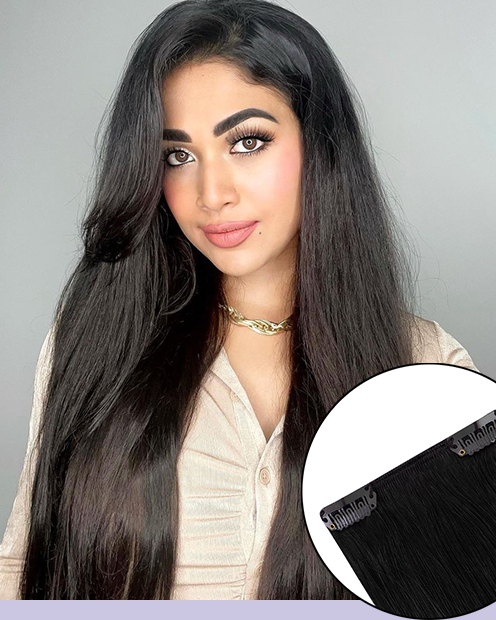
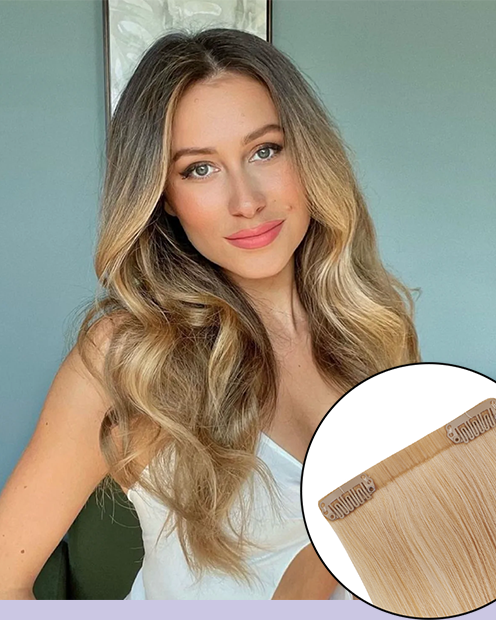
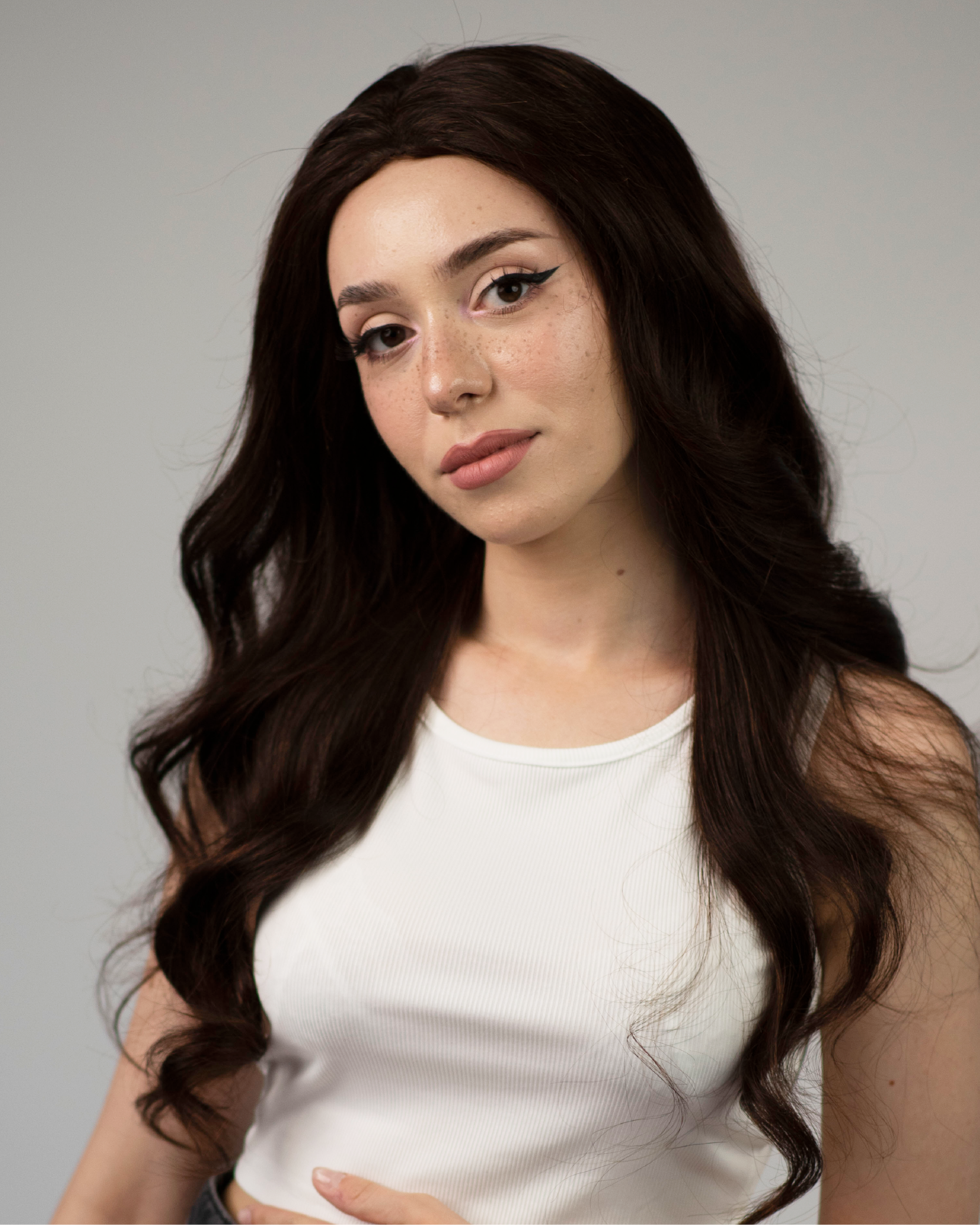
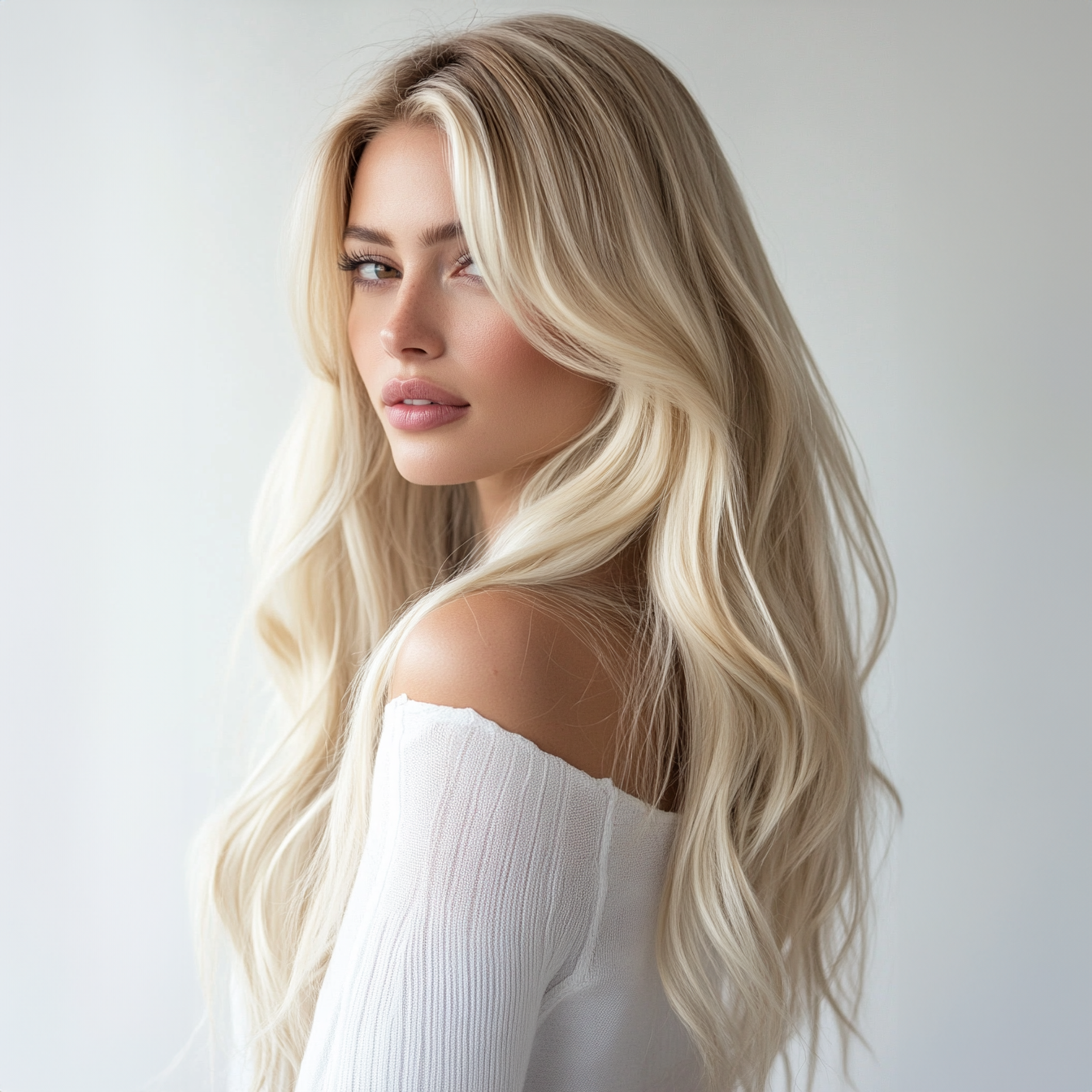
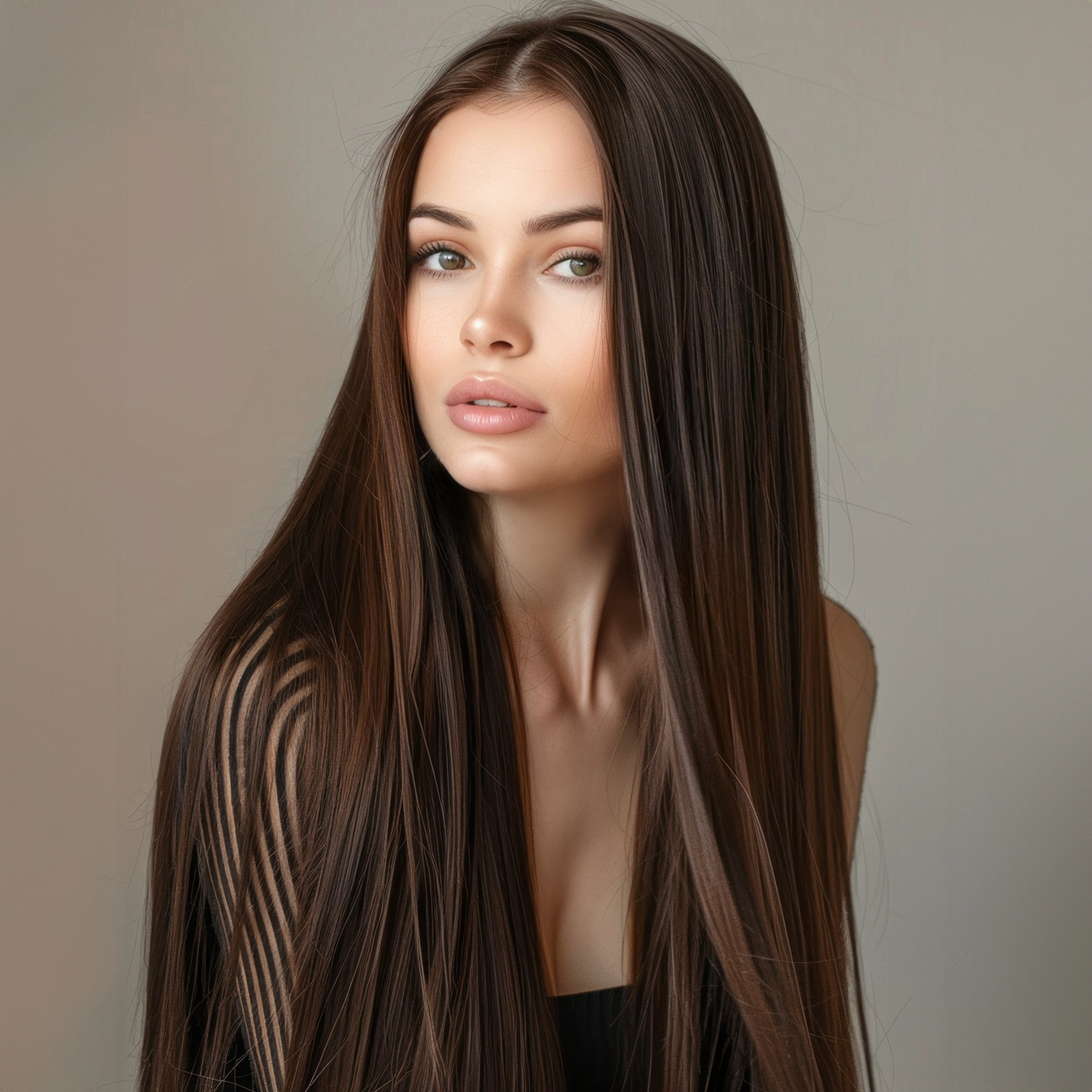

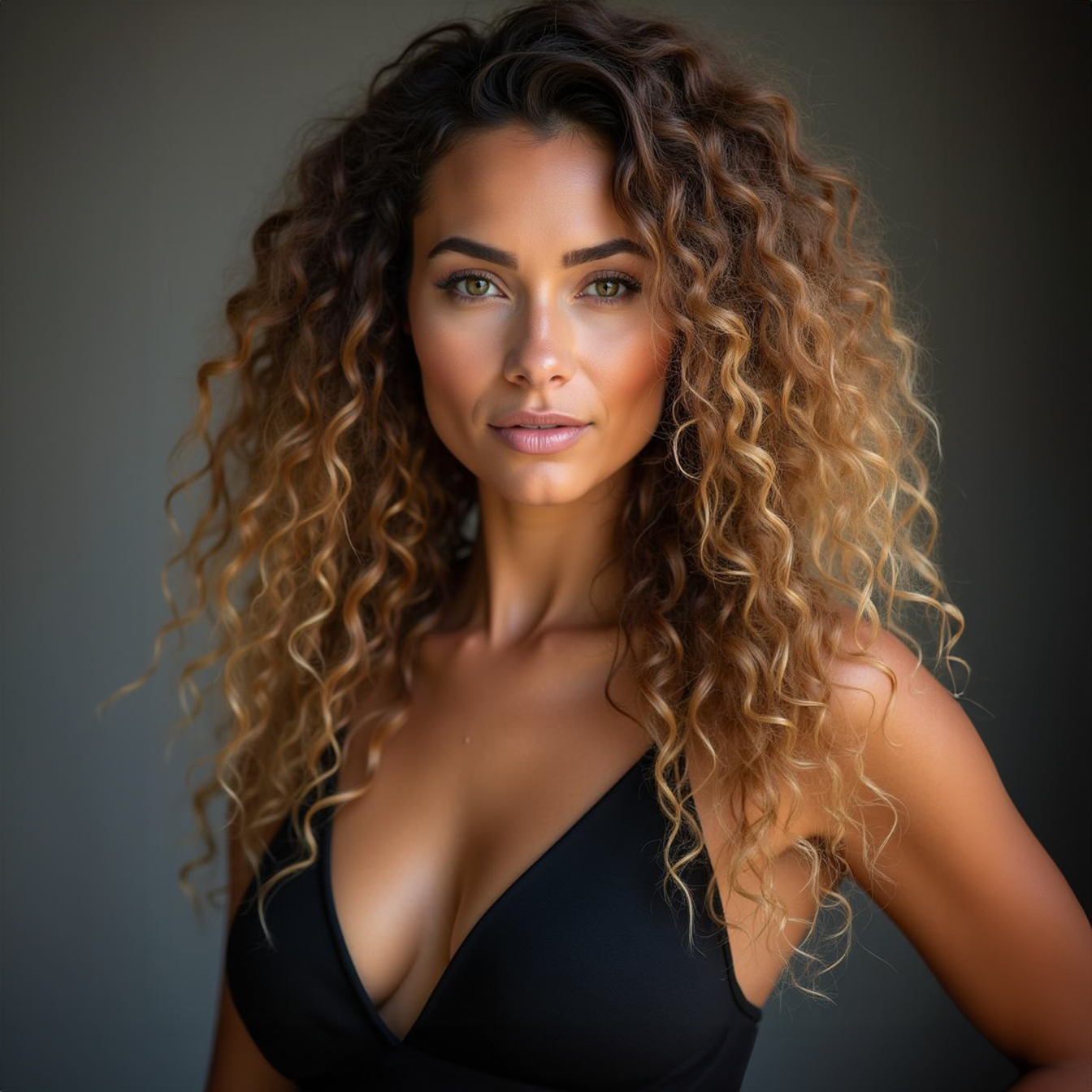
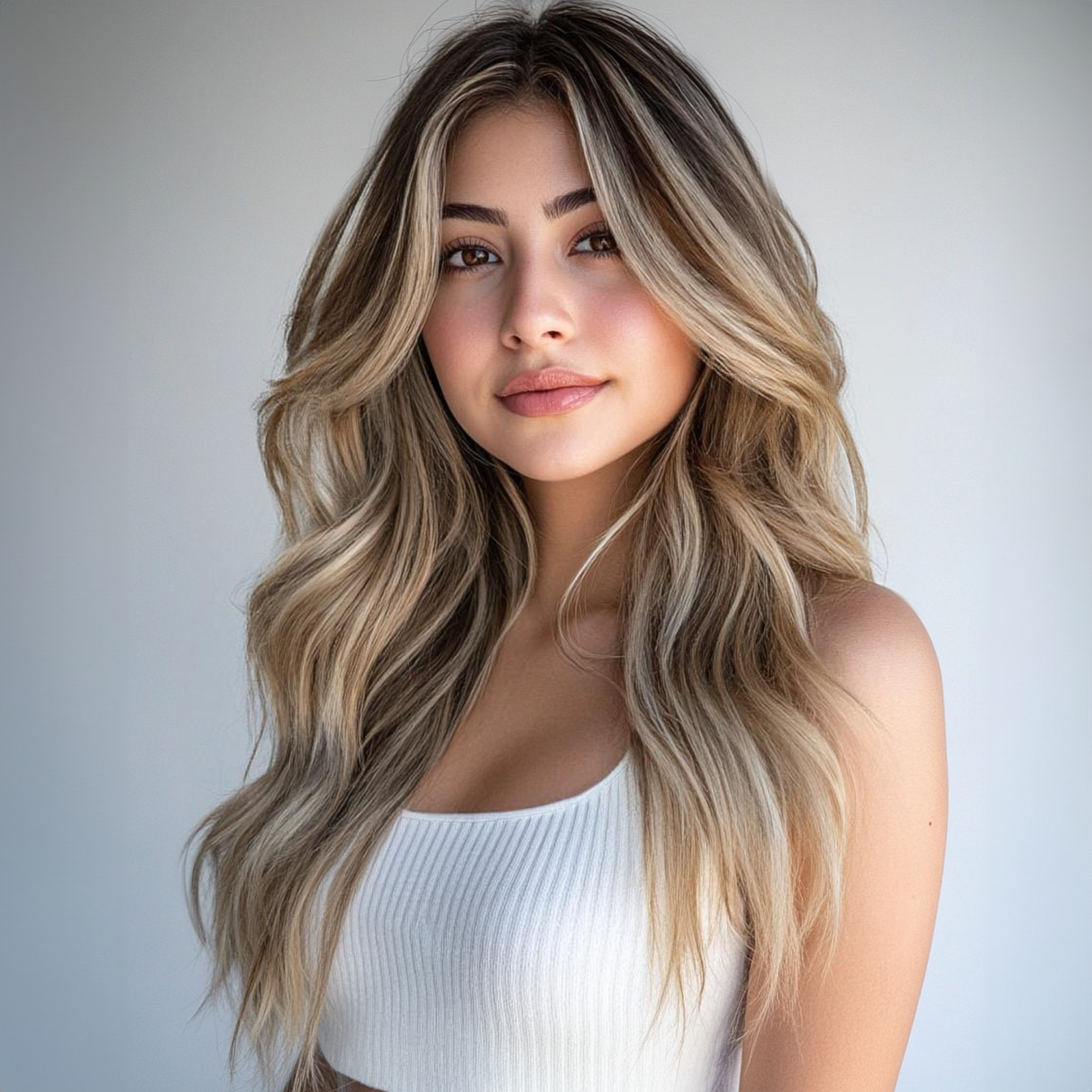
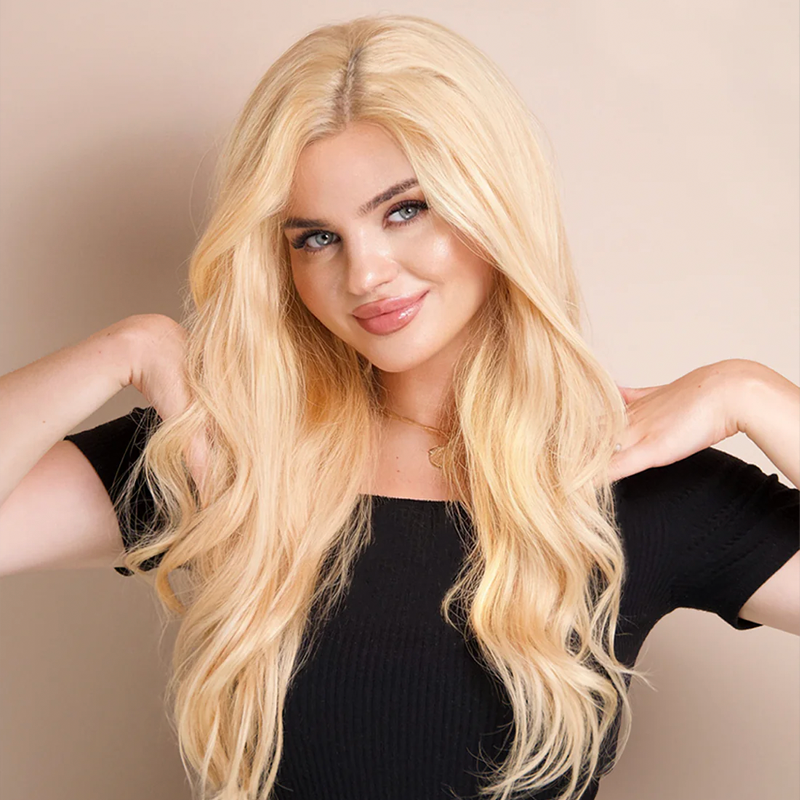
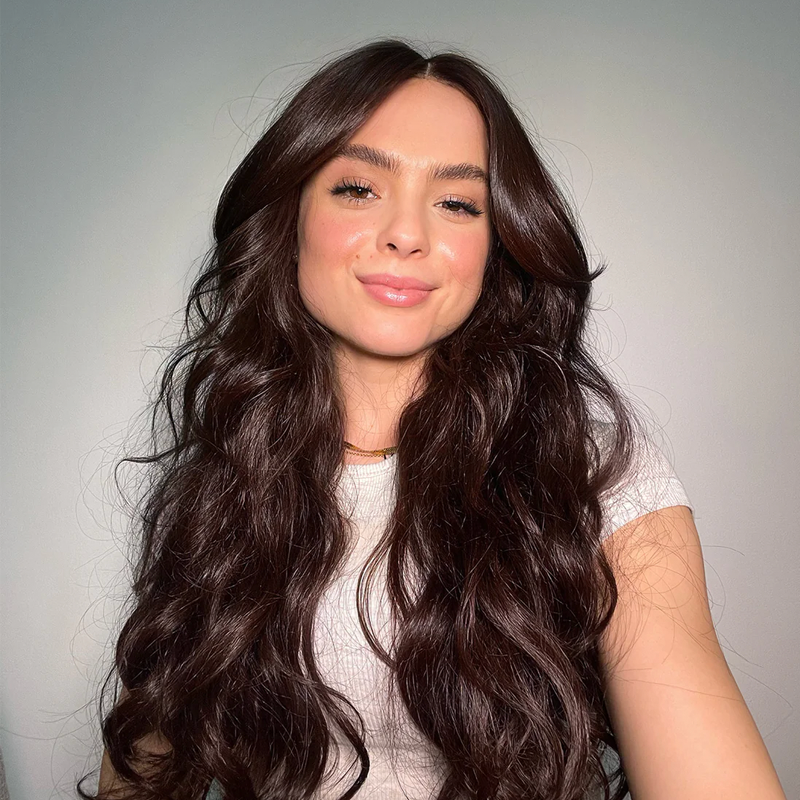

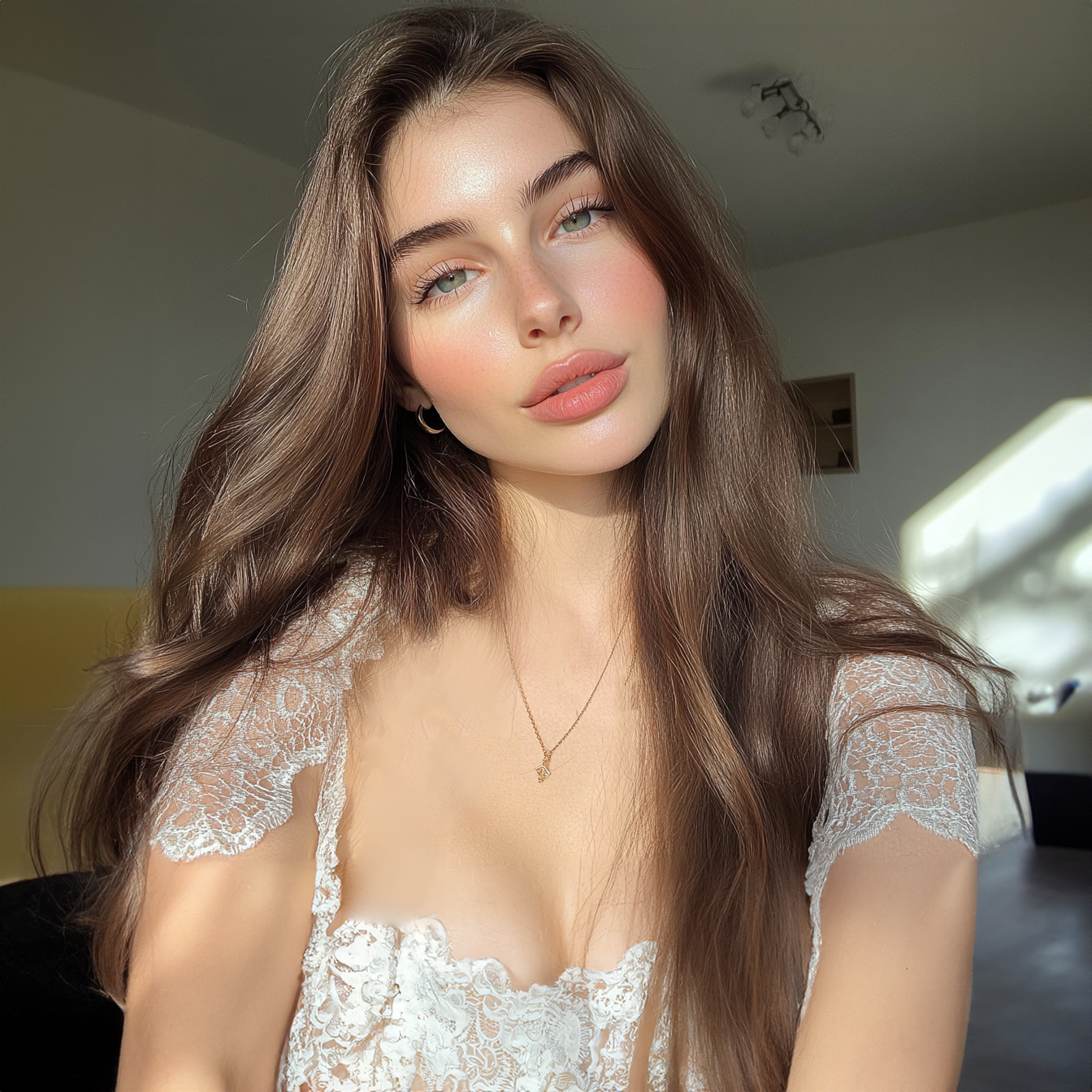
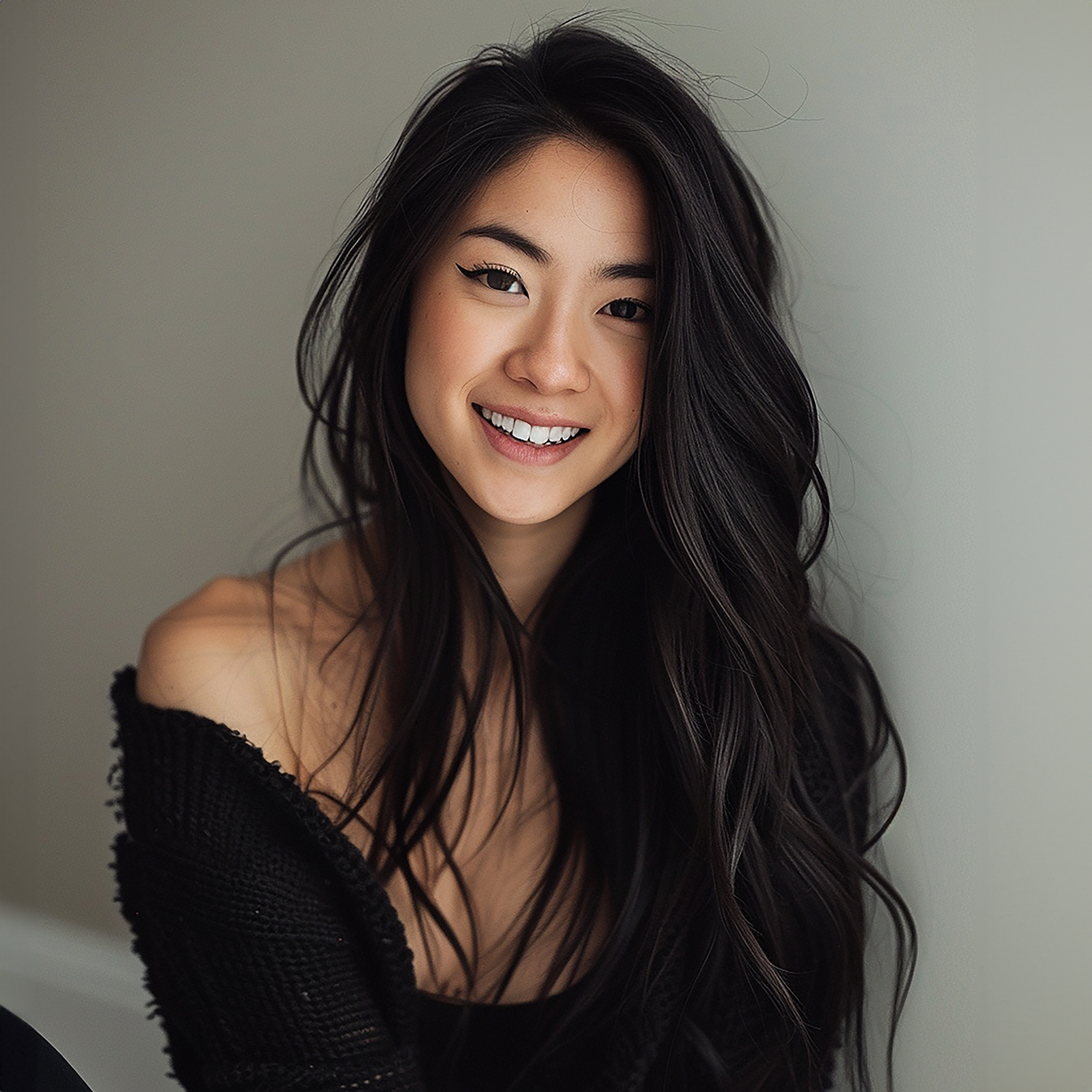

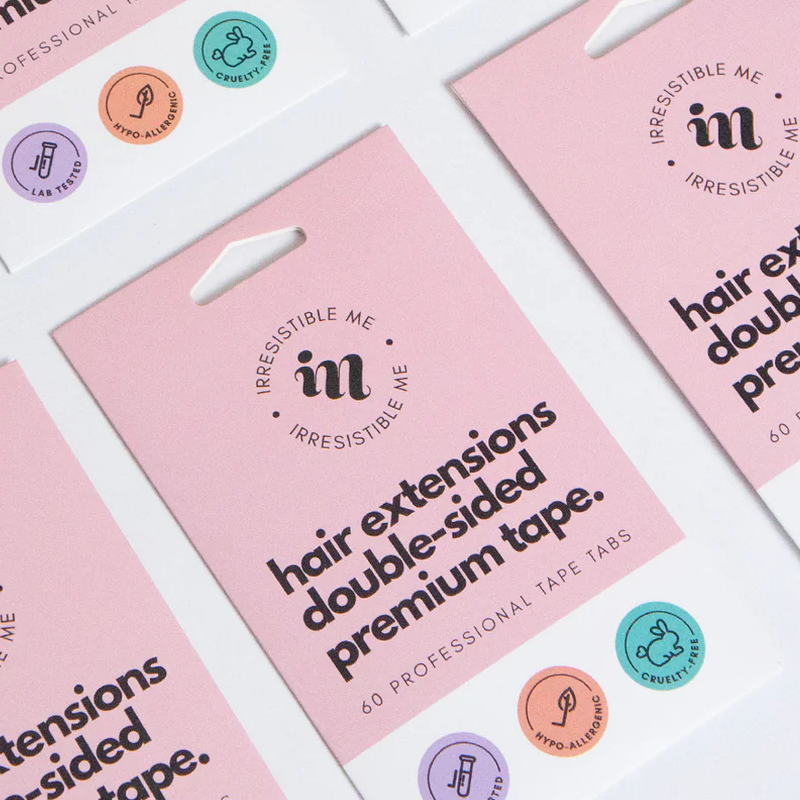
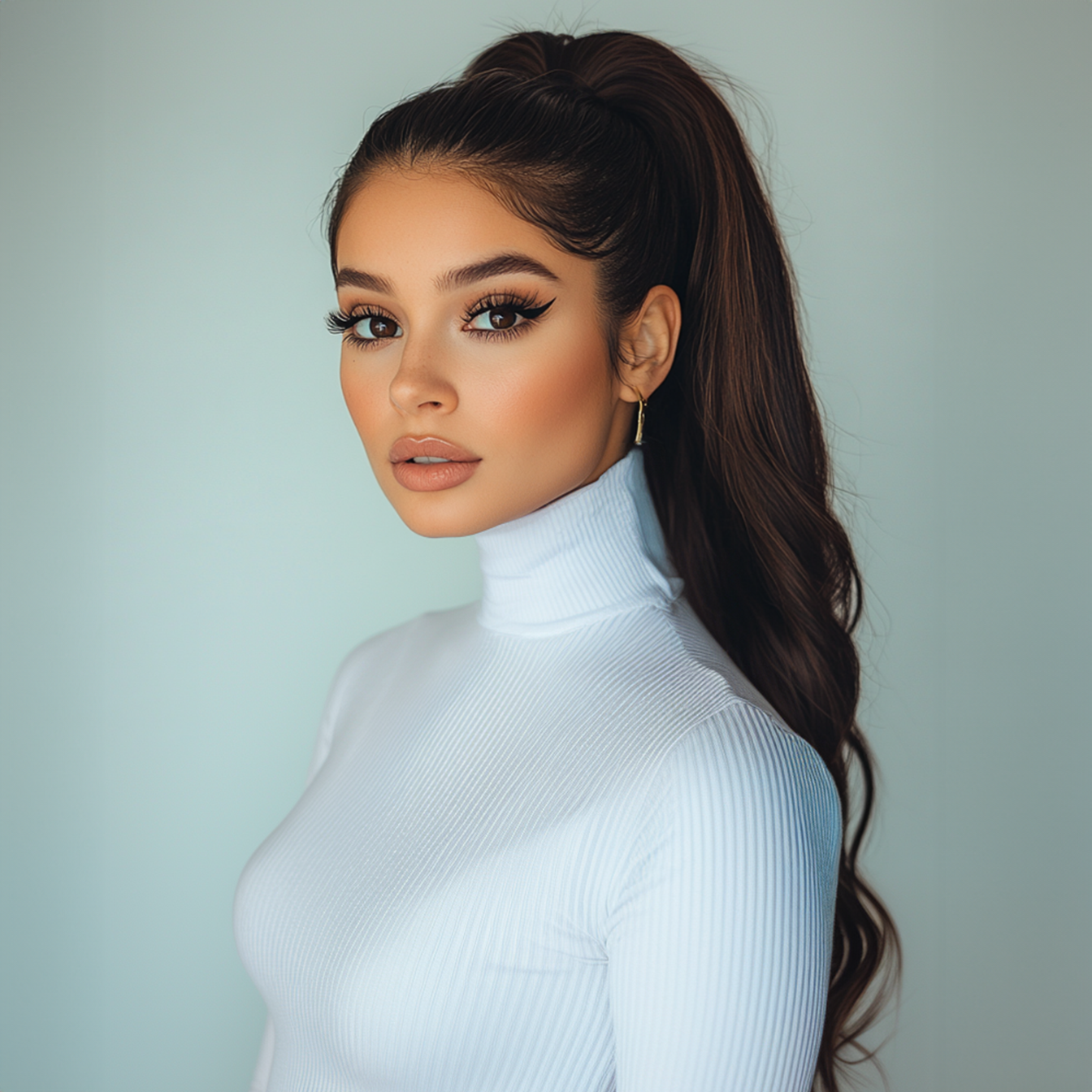
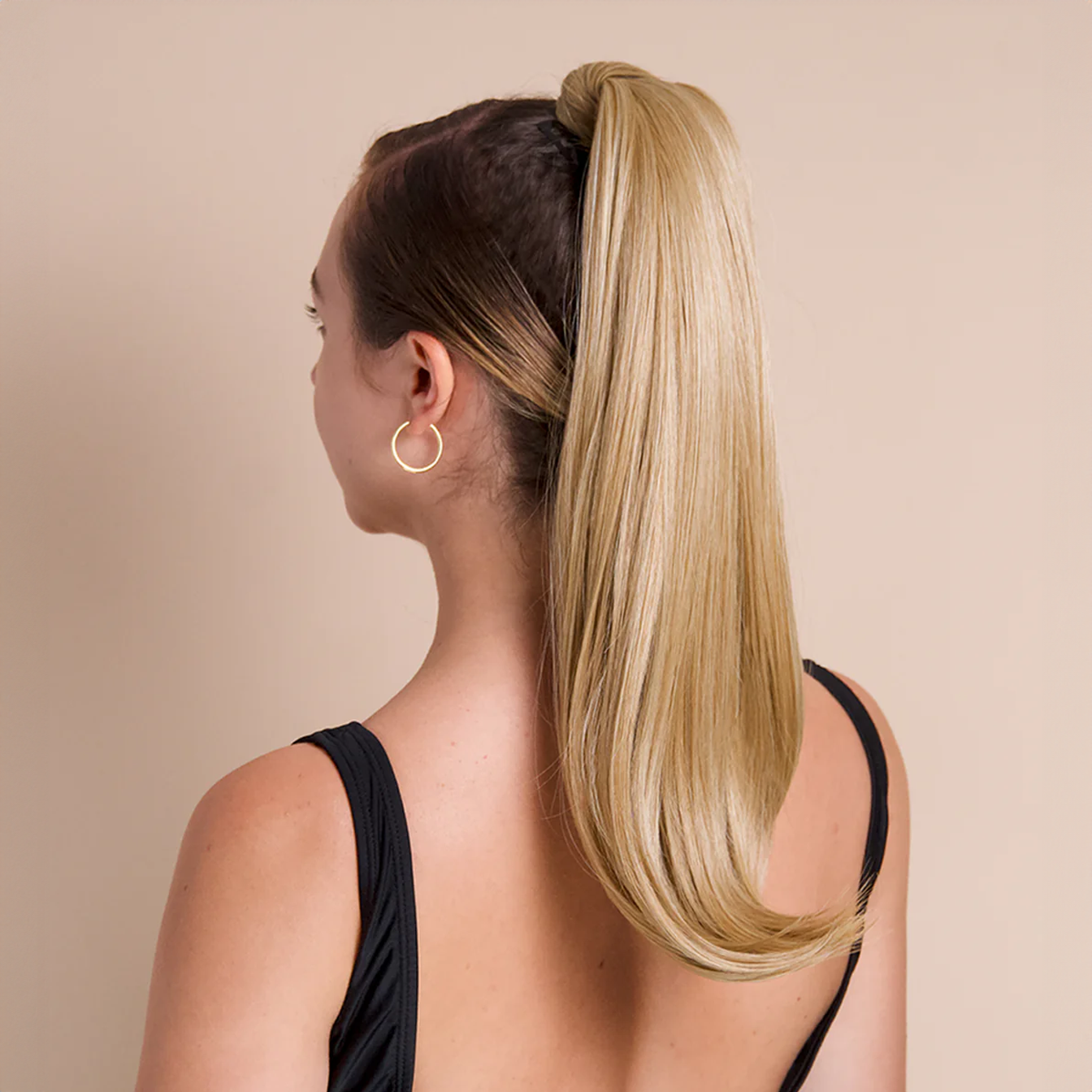
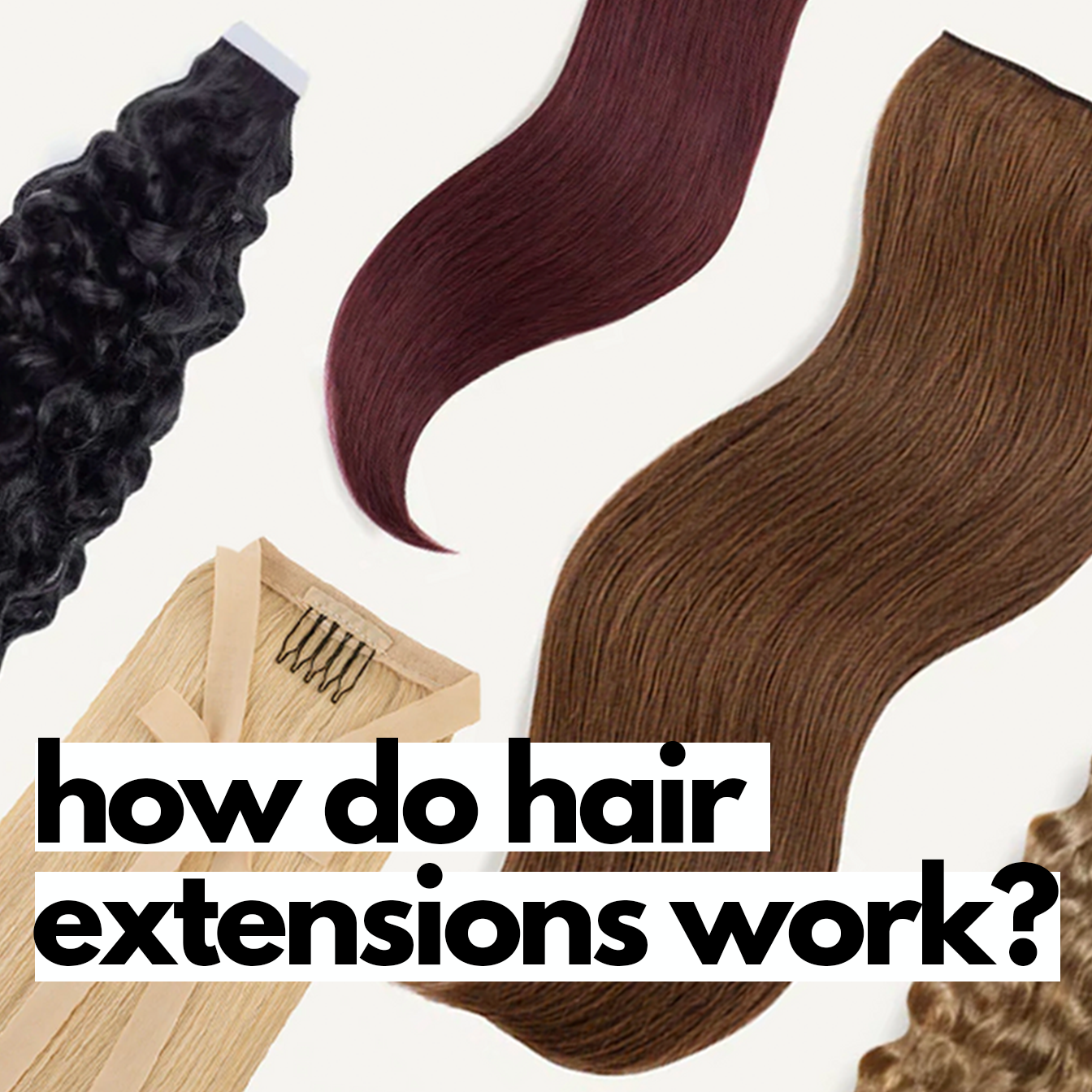
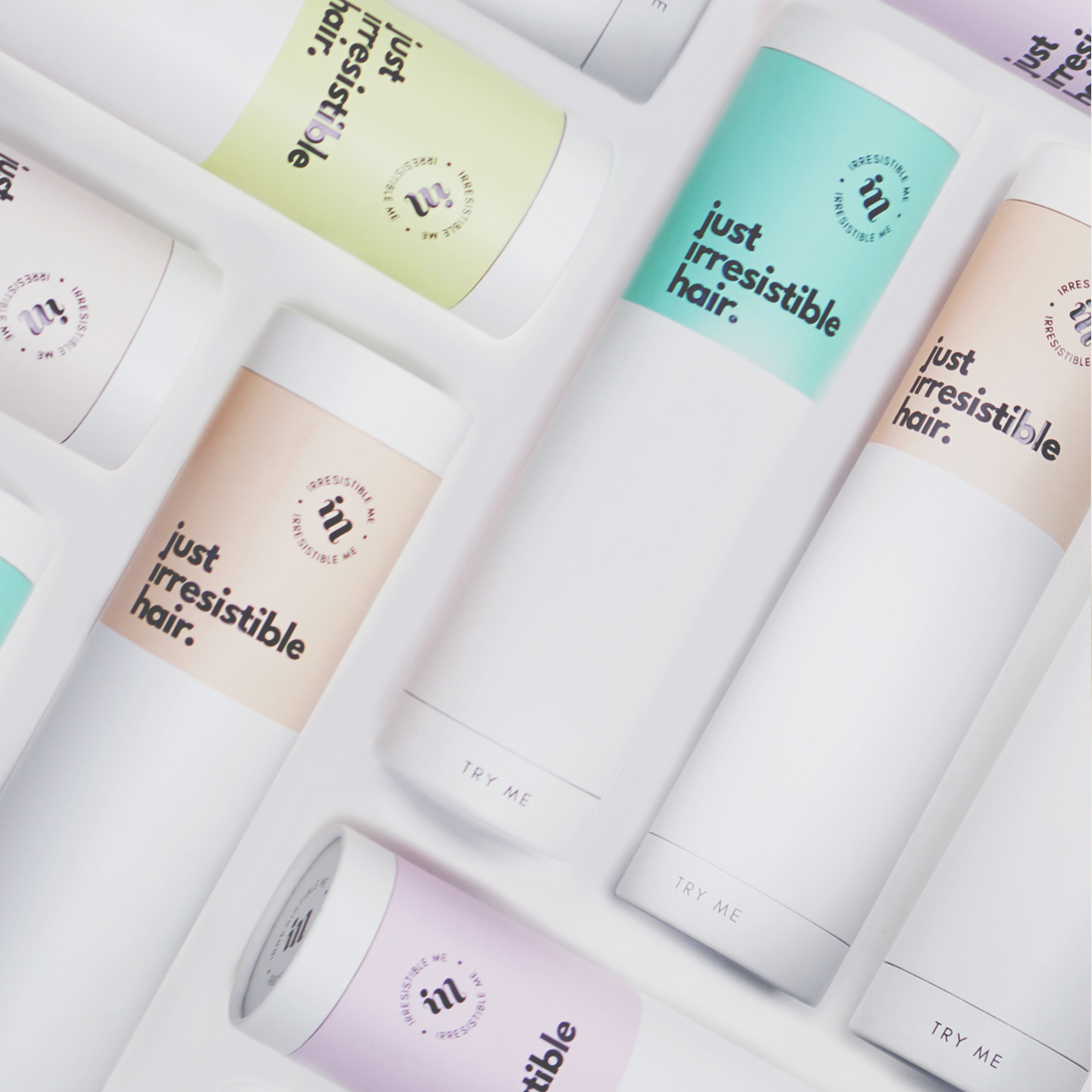
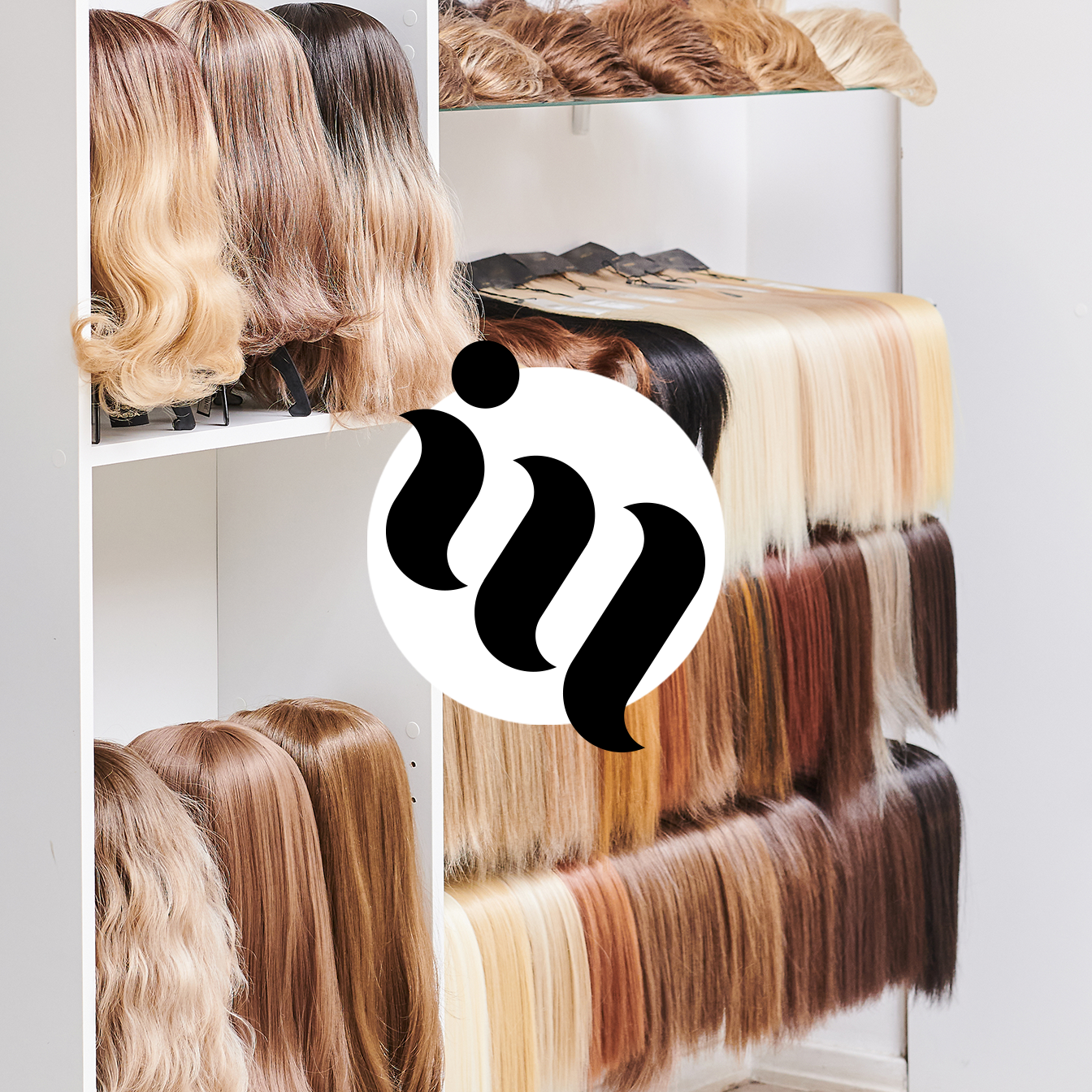

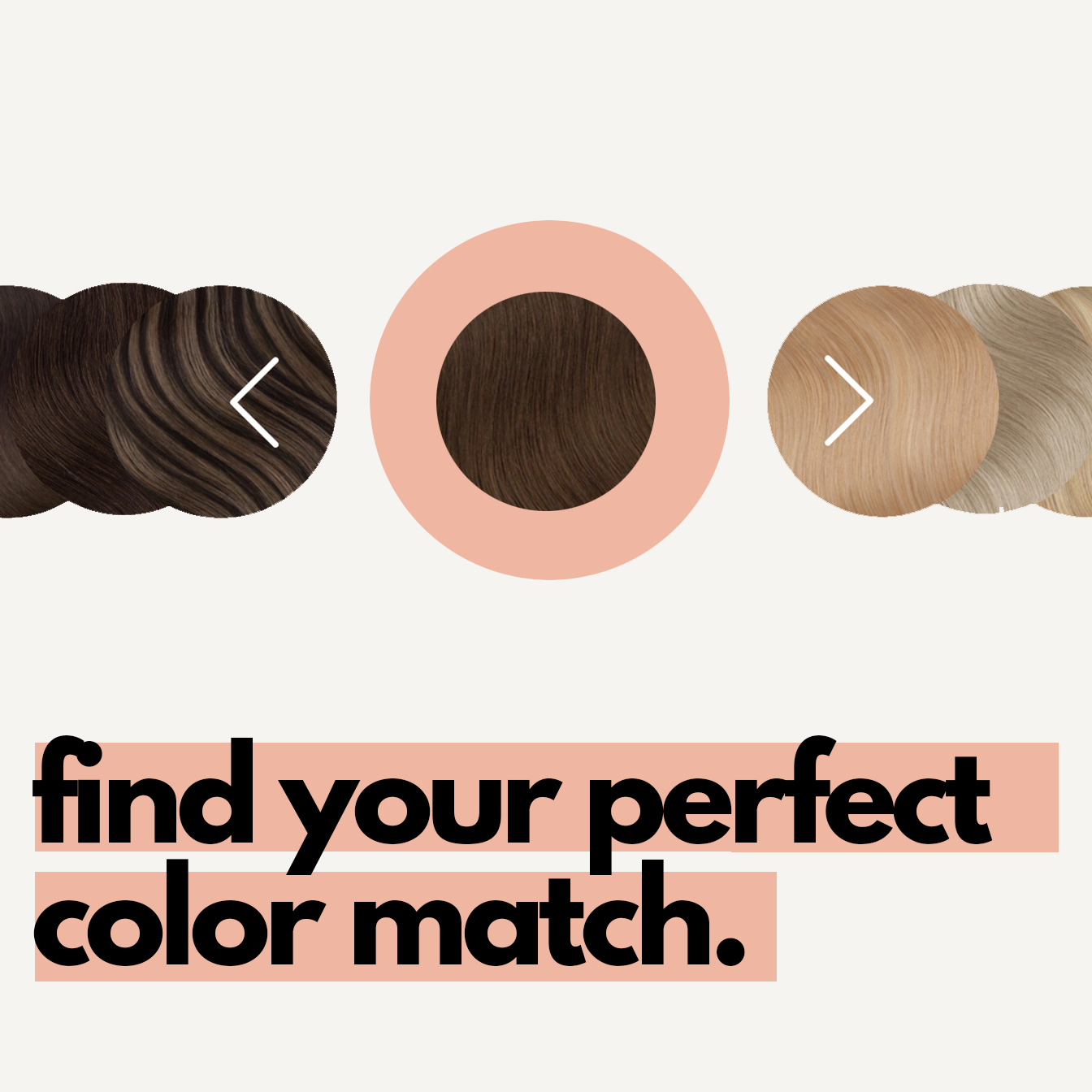
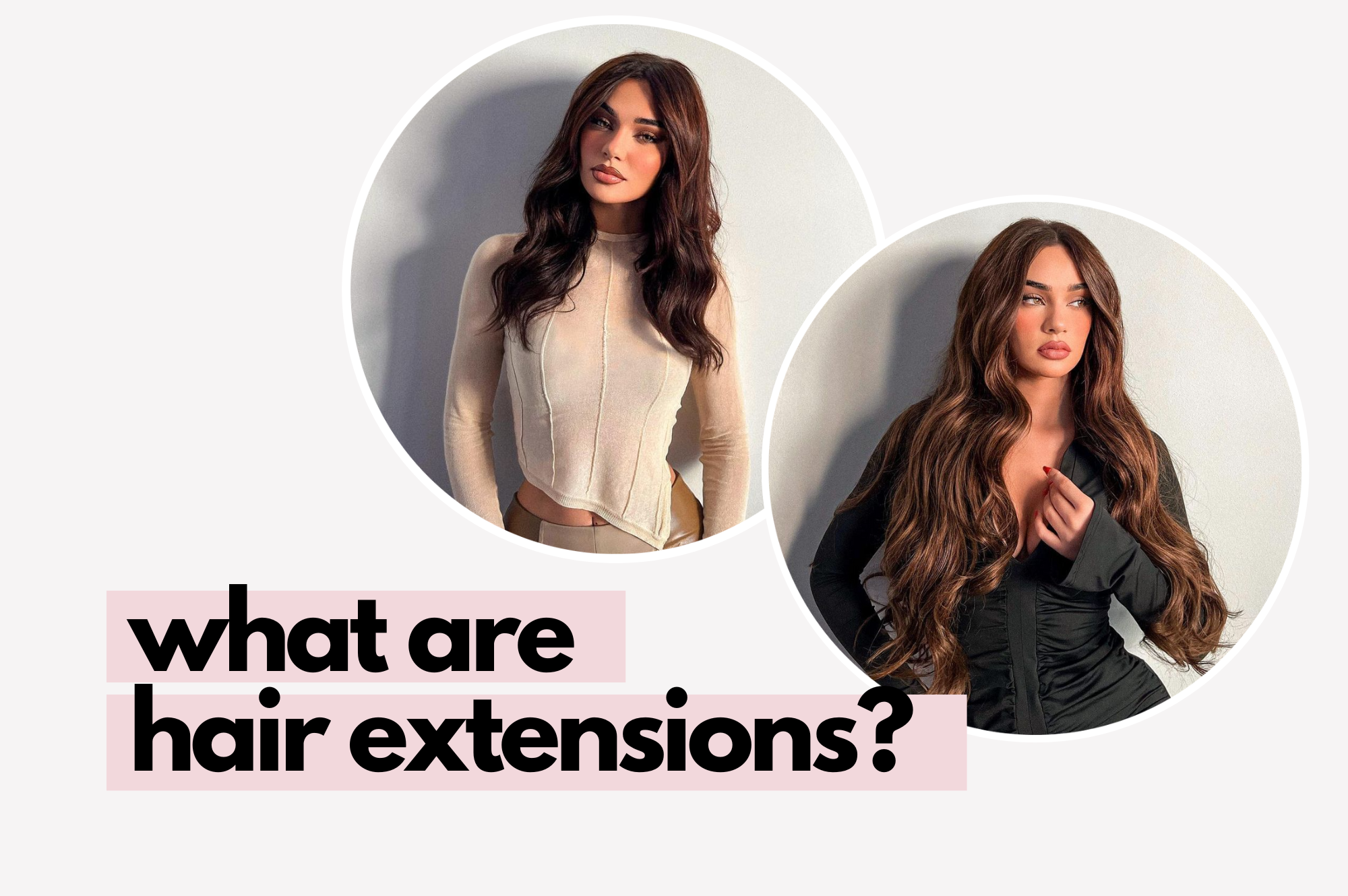







Comments
I’ve purchased 2 clip in extensions loved them but as I age and my hair is thinner I find the clip band too thick